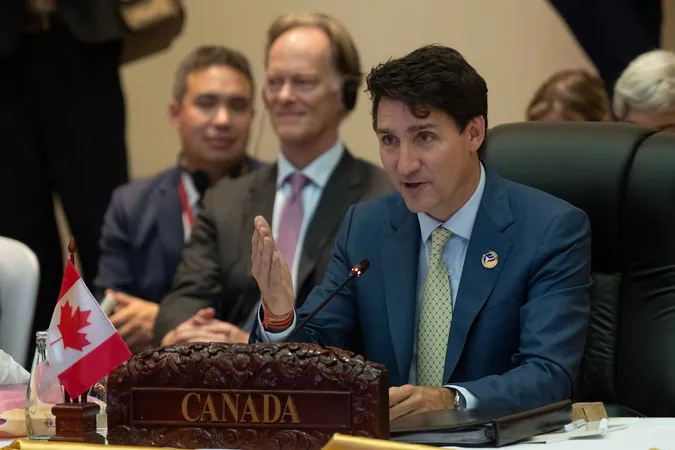
Is Justin Trudeau Leading the Liberals Back into Political Oblivion? A Data-Driven Analysis
2024-10-11
Author: Noah
Introduction
In the turbulent waters of Canadian politics, Justin Trudeau once emerged as a beacon of hope for the Liberals, guiding them away from the political wilderness they found themselves in during 2013. However, a decade later, the landscape has dramatically shifted, and the once-dominant party faces the looming threat of being consigned back to the political shadows.
The Rise of Trudeau and the Liberal Party
Back in 2013, the Liberal Party was reeling from consecutive defeats by the Conservative Party, under the leadership of Stephen Harper, and was simultaneously combatting a rising New Democratic Party (NDP). Enter Trudeau, who was viewed as the savior of a stricken party. His reformative leadership saw the transformation of the Liberals into a larger, more inclusive movement. By winning a majority in the 2015 federal election, Trudeau symbolized a commitment to change — a choice that resonated strongly with Canadians weary of the Conservative regime.
Current Challenges Facing the Liberals
However, the winds of change have shifted again. Polls reveal that the Liberals' support has plummeted from a healthy mid-40s percentage down to the low 20s. Critics argue that Trudeau's leadership has sculpted the party into a narrower entity, alienating its broader base. The once-celebrated big tent ideology now seems to shrink, leaving the party vulnerable to a potentially transformative election.
The Battle for Progressive Votes
The upcoming political battle is keenly focused on the struggle for progressive votes. With diminishing support, Trudeau’s team urgently needs New Democratic Party voters to pivot towards the Liberals in order to stave off losses. Conversely, NDP leader Jagmeet Singh aims to lure back disenchanted Liberals into his fold. This complex interplay between the two parties could determine the fate of progressive politics in Canada.
The Conservative Advantage
Pierre Poilievre, leader of the Conservative Party, is in an advantageous position with the prospect of benefitting from vote splitting between the Liberals and NDP. With metrics showing that a substantial number of Canadians are feeling pessimistic (33%) and angry (29%), it isn't hard to see why voters might opt for a change — especially given the pressing issues of inflation and housing affordability that overshadow other policy concerns, such as health care and environmental initiatives.
Discontent Among Younger Voters
Perhaps most concerning for Trudeau is the growing discontent among younger voters, who were once the backbone of his 2015 coalition. Many are now turning away from the Liberals, gravitating towards both the Conservatives and the NDP. This demographic shift echoes a historical pattern where governments fail to recognize the shifting tides of public sentiment at their own peril.
The Historical Parallels
In an unexpected twist, Trudeau may find himself in a situation echoing that of Harper during his final days in power, where the idea of losing seemed inconceivable. The next federal election could turn into a referendum on Trudeau's leadership rather than a direct endorsement of Poilievre's policies.
Trustworthiness and Voter Sentiment
What stands out in recent data is the fact that, despite Poilievre's lead in ballot support, his trustworthiness is not significantly superior to Trudeau’s. Both leaders hold strikingly similar credibility ratings, which suggests that even if voters are leaning towards change, they do not hold strong convictions about the platforms they are endorsing.
The Desire for Change
For Poilievre, it’s critical to recognize that his rising support is less about active endorsement and more about a desire for change, particularly aimed at Trudeau's governance. As history has repeatedly shown, voters are often inclined to vote against a politician rather than purely for an alternative.
A Pragmatic Electorate
Despite their attempts at polarization, Canadians exhibit a pragmatic and centrist ideology — more engaged in daily life than in heated political disagreements.
Conclusion
Looking ahead, Trudeau and the Liberals must not ignore the significant undercurrents of change threatening to sweep them away. They once rode the tide of transformation; now, they find themselves clashing against those very forces that once brought them victory. Will Trudeau find a way to recapture the hearts and votes of Canadians, or is a return to the political wilderness inevitable? Only time will tell.


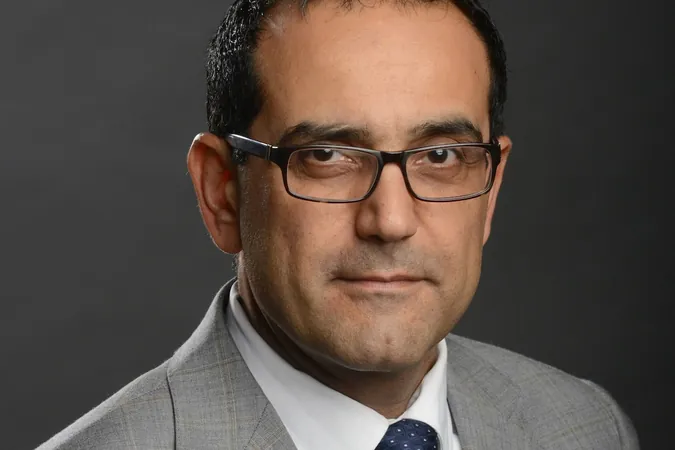

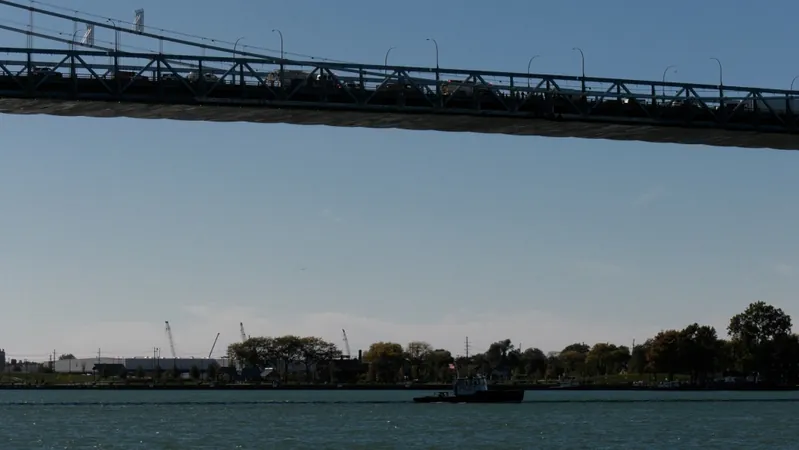

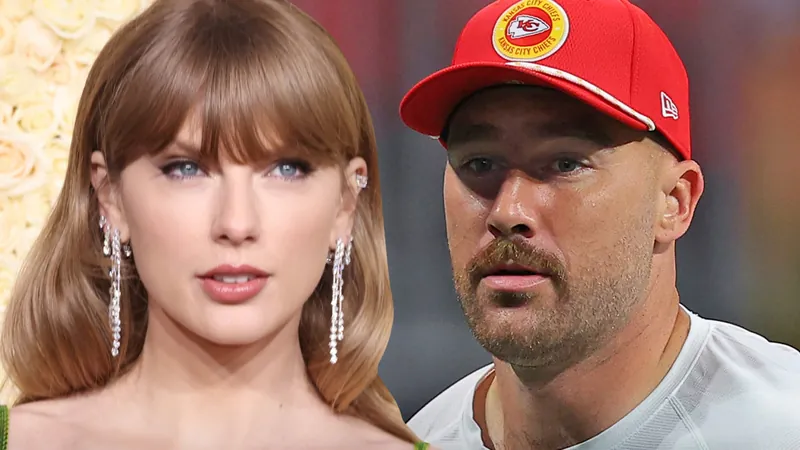
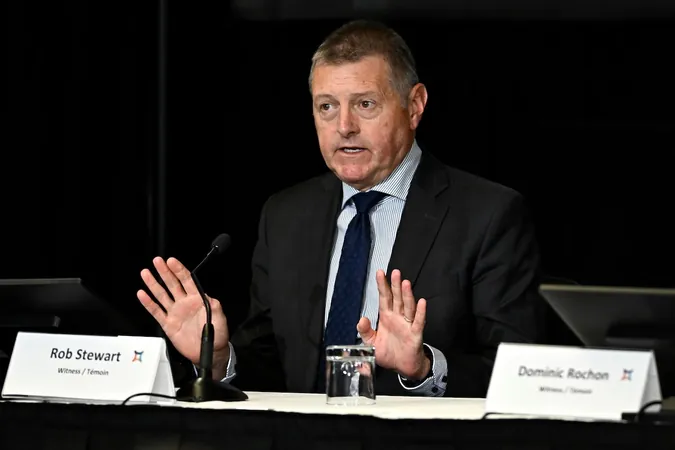

 Brasil (PT)
Brasil (PT)
 Canada (EN)
Canada (EN)
 Chile (ES)
Chile (ES)
 España (ES)
España (ES)
 France (FR)
France (FR)
 Hong Kong (EN)
Hong Kong (EN)
 Italia (IT)
Italia (IT)
 日本 (JA)
日本 (JA)
 Magyarország (HU)
Magyarország (HU)
 Norge (NO)
Norge (NO)
 Polska (PL)
Polska (PL)
 Schweiz (DE)
Schweiz (DE)
 Singapore (EN)
Singapore (EN)
 Sverige (SV)
Sverige (SV)
 Suomi (FI)
Suomi (FI)
 Türkiye (TR)
Türkiye (TR)